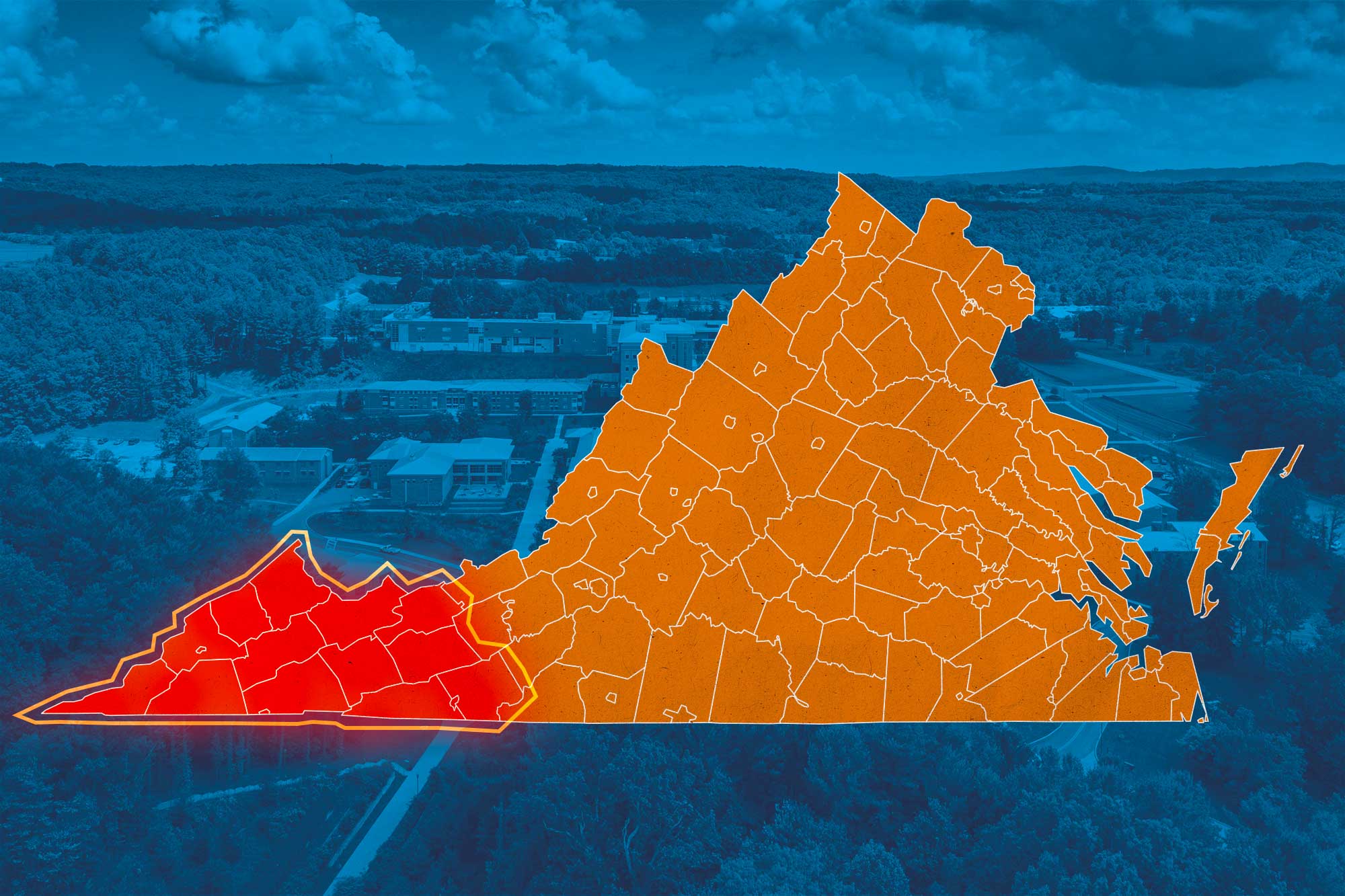Southwest Virginians are nearly three times more likely to die from chronic lower respiratory disease than other state residents, the document notes, citing coal mining and tobacco growing as major employment and income sources in the region for many years.
While the rankings of cause-of-death align with national statistics, the mortality rates skew much higher. For example, Southwest Virginia’s cancer mortality rate was 315.5 per 100,000 people in 2021, compared with the statewide rate of 181.9. The mortality rate from COVID-19 was 94.5% higher than elsewhere in the state.
“In these pages, residents of the region describe how the health disparities they experience are directly associated with key inequities, including inequitable access to educational opportunities, safe jobs and quality health care and other social services,” David Driscoll, director of the Healthy Appalachia Institute, said. “It is our hope that this and future Blueprints will align regional health and social services with local needs and priorities to build a stronger and healthier future for Virginia’s Appalachian communities.”
Driscoll and the UVA team worked closely with the region’s residents and local health leaders on the report, including the Health Wagon, Tri-Area Community Health and Ballad Health.
Participants ranked the top three health problems for the area’s residents as diabetes, cancer and either heart disease or substance overdose. The report notes that diabetes is the sixth-leading cause of death for the region.
In terms of programs that could improve health in the region, survey participants most often suggested substance-use treatment, mental health treatment, health services for children and families, and information on preventing and managing diabetes.
Based on the survey results and the research, the health blueprint recommended increasing access to screening programs; telehealth and remote monitoring; reductions in substance use, trauma and poverty through mental and behavioral health services; and promoting healthy eating and exercise through in-person and telehealth opportunities.
“While not a panacea, telemedicine helps to improve access to care, addresses and mitigates health workforce disparities and improves patient outcomes,” Dr. Karen Rheuban, director of the UVA Center for Telehealth, said. “Partnerships … will enable us to begin to tackle some of the major challenges faced by residents and providers across the Southwest region of the commonwealth.”
The new report, available on the Healthy Appalachia Institute’s site, is the first update of a document originally created in 2009. The update was made possible by a $5.1 million grant Rheuban received from the U.S Department of Agriculture to expand Southwest Virginia’s access to care.





